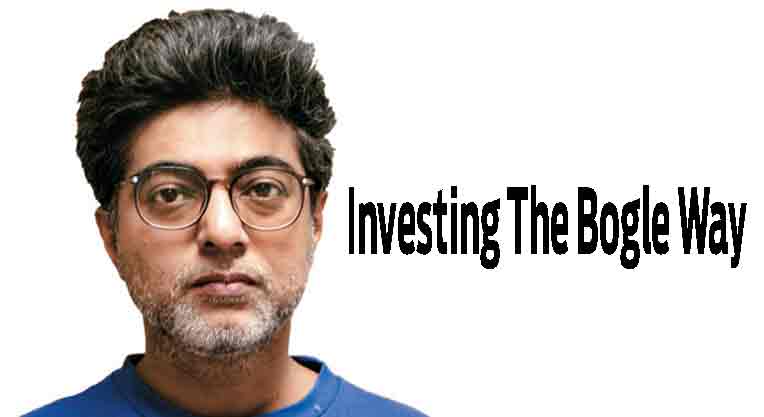John Bogle who passed away on January 16, 2019, at the ripe old age of 89, did more to generate wealth for retail investors than any other individual in history. The mutual fund industry owes its present shape, to Bogle. So do the pension schemes of many nations.
Bogle founded Vanguard in the 1970s. One of the biggest fund houses of the world, it specialises in designing and offering low-cost products for passive, systematic investors. Bogle realised that it was difficult to consistently outperform the stock market index in efficient bazaars. But he also knew that the index return would beat the return from non-equity assets over the long-term.
Bogle started working on the already existing index fund and its cousin, the ETF; he tweaked certain things to make them more efficient and worked on reducing costs. The key to an index fund is that it buys and holds the stocks listed in the same weights as the index itself. This means it mirrors index performance, with some tracking error, depending on how good the fund is, at rebalancing to reflect changes in index weights. An ETF is an index fund with units traded on the exchange, like shares.
A systematic investment plan (SIP) involves investing fixed amounts at regular intervals. This is the most practical way to invest for the salaried class. A SIP has a theoretical advantage in that it averages down the costs of units when the market is falling. It is very useful since it forces investors to ignore market fluctuations and commits them to invest over long periods. An index SIP is a low-cost option because index-funds just rebalance portfolios mechanically, minimising brokerages.
Most funds offer SIPs. Index funds and ETFs are cheaper than active funds. So, are they actually better at generating return than active funds?
In most markets, this is true. In the USA for instance, very few active funds beat index returns. What is more interesting is that, very few funds consistently beat the index. In a given year, 10 per cent of active funds may beat the index and 10 per cent may beat the index the next year as well. But it will not be the same funds, year after year.
This is not the case for India, for a variety of reasons. A lot of active funds do beat the index consistently here. So there is certainly a strong argument for creating a portfolio of actively managed funds. Indeed, I would suggest that any Indian retail investor should be looking at holding a basket of well-diversified funds with coverage of large caps, mid caps and small caps.
But if you do not want to bother with fund picking, follow Bogle’s principles of buying and holding index funds or ETFs. This will fetch decent returns even in India. A Nifty index fund, ETF would have given a return of 11.6 per cent (compounded, and annualised without dividends) in the past five years.
That beats returns from debt and it beats gold as well, across the same period. When you factor in tax, the returns are even better, in comparison to debt. But the best active mutual funds have returned considerably more in the long-term. Over three-year and five year periods, many funds have generated 15 per cent returns or more.
Last year, the Nifty beat most active funds, which garnered negative returns. That’s because investors focus on large caps when there’s an uncertain environment. In the next six months to one year, given general elections and global political uncertainty (think of Brexit and the shaky position of the US president Donald Trump), large caps are likely to continue perform better. But when the market recovers, small caps and mid caps will lead the next rally.
Whether you pick index funds, or ETFs or active funds, you have to thank Bogle, for conceptualising the way the fund industry structures its products. Competition and regulation did the rest after he showed that it was possible to offer low-cost, high-return funds designed for the small investor.
The author tracks economic, behavioural and corporate tends, hoping to gauge good avenues of return

